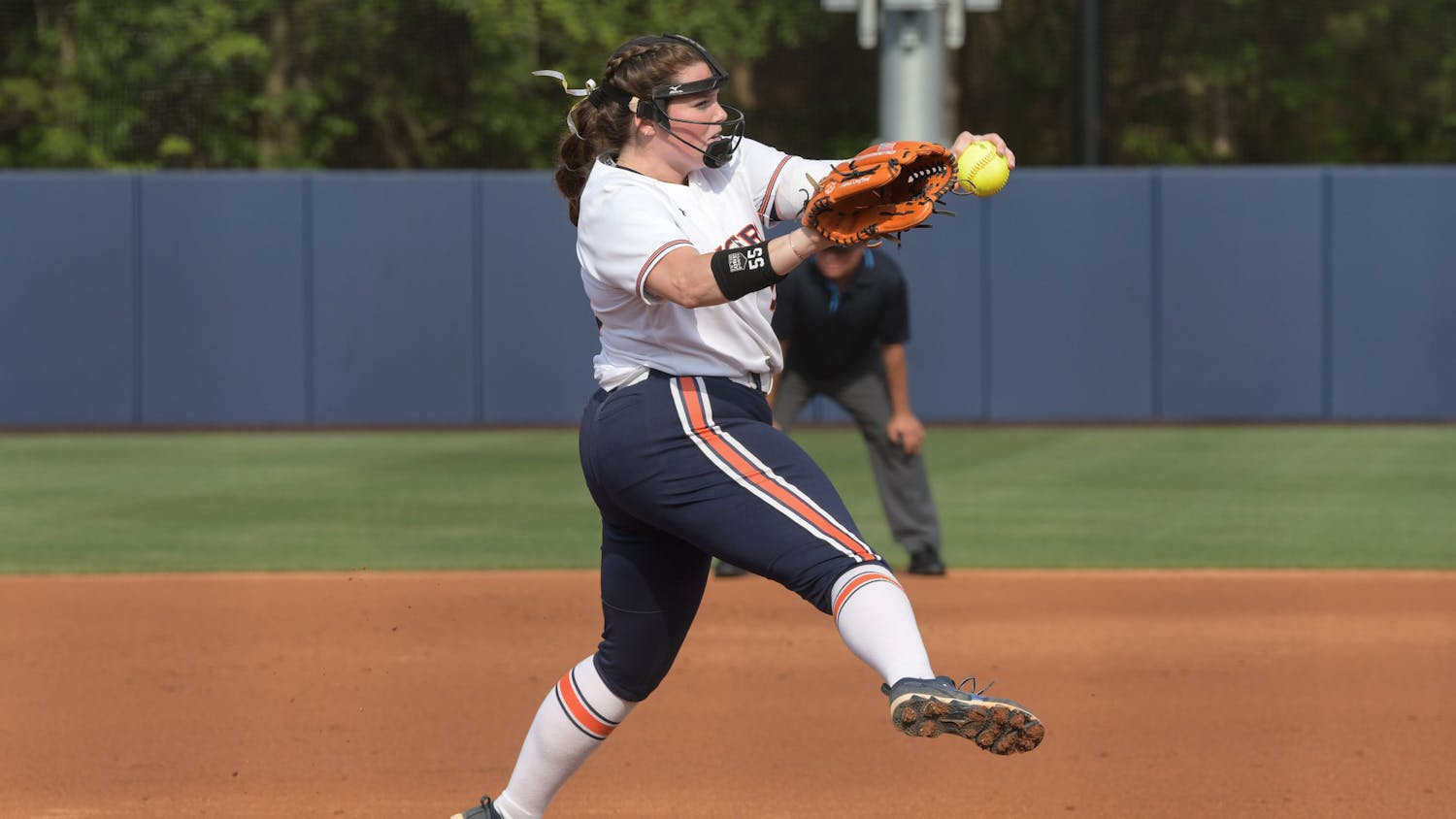A person must eat in order to live, and with the many options presented in the world, it is easy to put their body’s health at risk. To maintain a healthy lifestyle, some people choose to make certain eating changes that they believe to be beneficial such as cutting out certain foods or only eating foods prepared in a particular way. Regardless, the inspiration of dietary change could be based on fads.
So a question to ask is, are certain food fads beneficial, or just what they are ... fads?
Katie Funderburk, extension specialist and nutrition and evaluation coordinator for the Nutrition Education Program, gave us some insight on food and the way we choose to eat it.
Gluten-Free
“Gluten is a mixture of proteins that are in wheat and other grains like barley and rye," Funderburk said. "It is commonly found in bread, pasta, crackers, baked goods. It is sometimes added to some processed foods condiments and soup mixes. It is not a type of additive, fat or sugar that are typically associated with things to avoid. People with Celiac disease for example, have negative reaction to gluten within food."
Funderburk believes the gluten-free movement has come to be because of recent research around “gluten sensitivity” in people without Celiac disease. In recent years, people who experience unexplained abdominal upset, migraine headaches and many other symptoms have turned to eliminating gluten as a possible solution.
There is still a lot of misunderstanding around gluten sensitivity and there is no specific medical test to determine if a person actually has it.
According to Funderburk, simply becoming gluten-free for better health, or especially for weight loss, is not necessarily beneficial, especially when it is not specified in your health report that gluten may be harmful to you. Whole grain products that naturally contain gluten are typically rich in fiber and other nutrients and have been shown to be good for heart health.
What about labeling?
Some companies are consciously creating products to be gluten free, then there are products that have always been gluten free. In addition, there have been marketing ploys advertising that certain products are gluten free, when they have always been gluten free, like popcorn, nuts and chips.
In recent news, Auburn University’s Plains2Plate eatery went completely gluten-free, is this truly necessary?
To Funderburk, the answer is yes, to a degree. By becoming gluten-free, there is now an eating option for the Auburn students who are intolerant to gluten. The exclusion of gluten at Plains2Plate is great for those who cannot eat gluten or believe it beneficial not to eat gluten: It provides them a place to eat.
Paleo
“Paleo is more than just going to the basics,” Funderburk said. “It cuts out whole food groups such as grains, legumes and dairy ... relying mainly on meat, fruit and vegetables and is really low on carbs.”
To Funderburk, Paleo diet may be good for getting some dieters into the mindset of eating healthier, but can be extremely hard to follow long-term.
“You’re definitely missing out on getting nutrients from easier sources such as milk and grains ... missing out on these foods is not a health benefit,” she said.
Very restrictive diets such as paleo are hard to stick with for many reason including expense, burn out and because carbohydrates are the human body’s preferred source of energy.
Veganism
According to Funderburk, true Veganism is the elimination of all animal products such as meat, dairy products, eggs and sometimes even honey. True vegans only eat fruits, vegetables, nuts, seeds, breads and other plant-based products such as tofu. The diet is very low in saturated fats with the exception of coconut oil and other tropical oils.
“There are a lot processed foods on the market for meat or cheese alternatives or snack foods," she said. "There are plenty of options that you can add to your vegan or vegetarian diets that are not healthy ... just because you are not eating any animal products does not mean you are not getting any excess salt, sugars or fats."
According to Funderburk, if you want to become vegan or vegetarian, it is very important to consume sources of certain nutrients that you would otherwise get from meats, dairy and other excluded foods (vitamin B12, calcium and vitamin D).
Suggested Diets
For diets that are scientifically researched and supported, Funderburk suggested the Mediterranean Diet and the DASH diet. Both of these are rich in fruits, vegetables, whole grains, healthy fats and lean protein.
If you're not in the mood for diets and just want to have a general guideline on what to eat, Funderburk said choosemyplate.gov is a great source for learning.
“It’s really simple to understand ... has all the food groups and how much to eat every day ... and has all types of help and resources," she said. "You can be pretty sure that everything on [the website] is agreed upon [by nutritionists]."
Another place for better eating is eatright.org by the Academy of Nutrition and Dietetics.
So, how you can tell fact from fad?
“There’s always a study here and there that shows that [people] should think differently about eating ... when making a decision [about changing your diet], you must pull from sources that come from years and years of research ... not just from a few controversial studies," she said.
“Know who wrote it, where did you find the [the fad] and anything saying ‘Everything you heard about nutrition is wrong’ ... those are red flags," Funderburk said. "One study is not going to overthrow years of nutrition research."
There is no true right or wrong answer to eating healthy, and by no means are the diet lifestyles frowned upo. They should be taken with caution as many other things in life. With that being said, eat well and choose your food wisely.
Do you like this story? The Plainsman doesn't accept money from tuition or student fees, and we don't charge a subscription fee. But you can donate to support The Plainsman.



